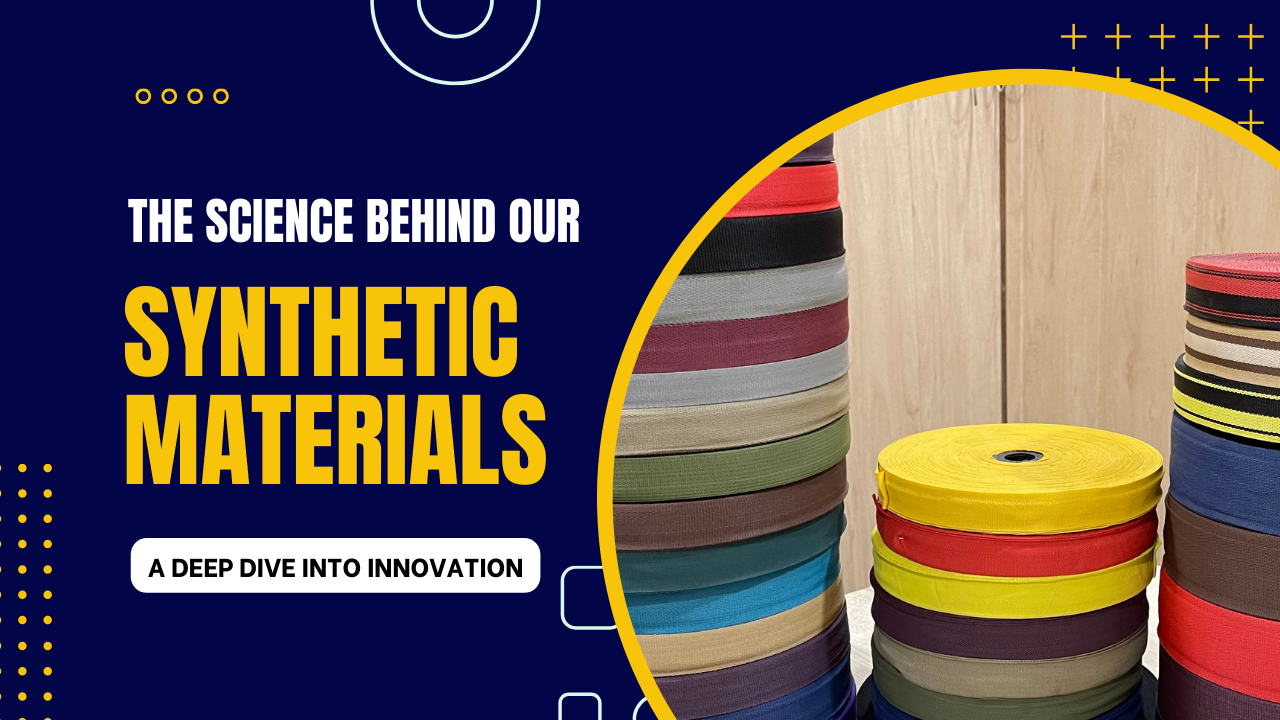1. Understanding Synthetic Materials:
- Define what synthetic materials are and their significance in modern manufacturing.
- Explain the basic principles behind the creation of synthetic materials, including polymerization and chemical synthesis.
- Provide examples of common synthetic materials used in various industries (e.g., plastics, synthetic fibers, etc.).
2. The Role of Research and Development:
- Discuss the importance of research and development (R&D) in advancing synthetic materials.
- Highlight the interdisciplinary nature of R&D in synthetic materials, involving chemistry, materials science, engineering, and other fields.
- Showcase how your company approaches R&D to drive innovation and stay ahead of the curve.
3. Innovation in Material Design:
- Explore the innovative techniques and technologies used in designing new synthetic materials.
- Discuss how properties such as strength, flexibility, durability, and sustainability are optimized through material design.
- Provide examples of recent breakthroughs or advancements in synthetic material design and their real-world applications.
4. Sustainable Practices in Synthetic Material Production:
- Address concerns about the environmental impact of synthetic materials.
- Outline the sustainable practices implemented by your company to minimize environmental footprint during material production.
- Highlight any initiatives or partnerships aimed at promoting sustainability in the synthetic materials industry.
5. Applications Across Industries:
- Illustrate the diverse range of industries that benefit from synthetic materials, such as automotive, aerospace, fashion, healthcare, and more.
- Provide specific examples of how your company’s synthetic materials are used in each industry.
- Discuss the advantages of using synthetic materials over traditional alternatives in these applications.
6. Future Directions and Challenges:
- Speculate on the future of synthetic materials and potential areas for innovation.
- Address any challenges or limitations currently faced by the synthetic materials industry.
- Share insights into ongoing research or development projects aimed at overcoming these challenges.
Conclusion:
- Summarize the key points discussed in the blog post.
- Reinforce the importance of innovation in driving the evolution of synthetic materials.
- Invite readers to learn more about your company’s products and services.


